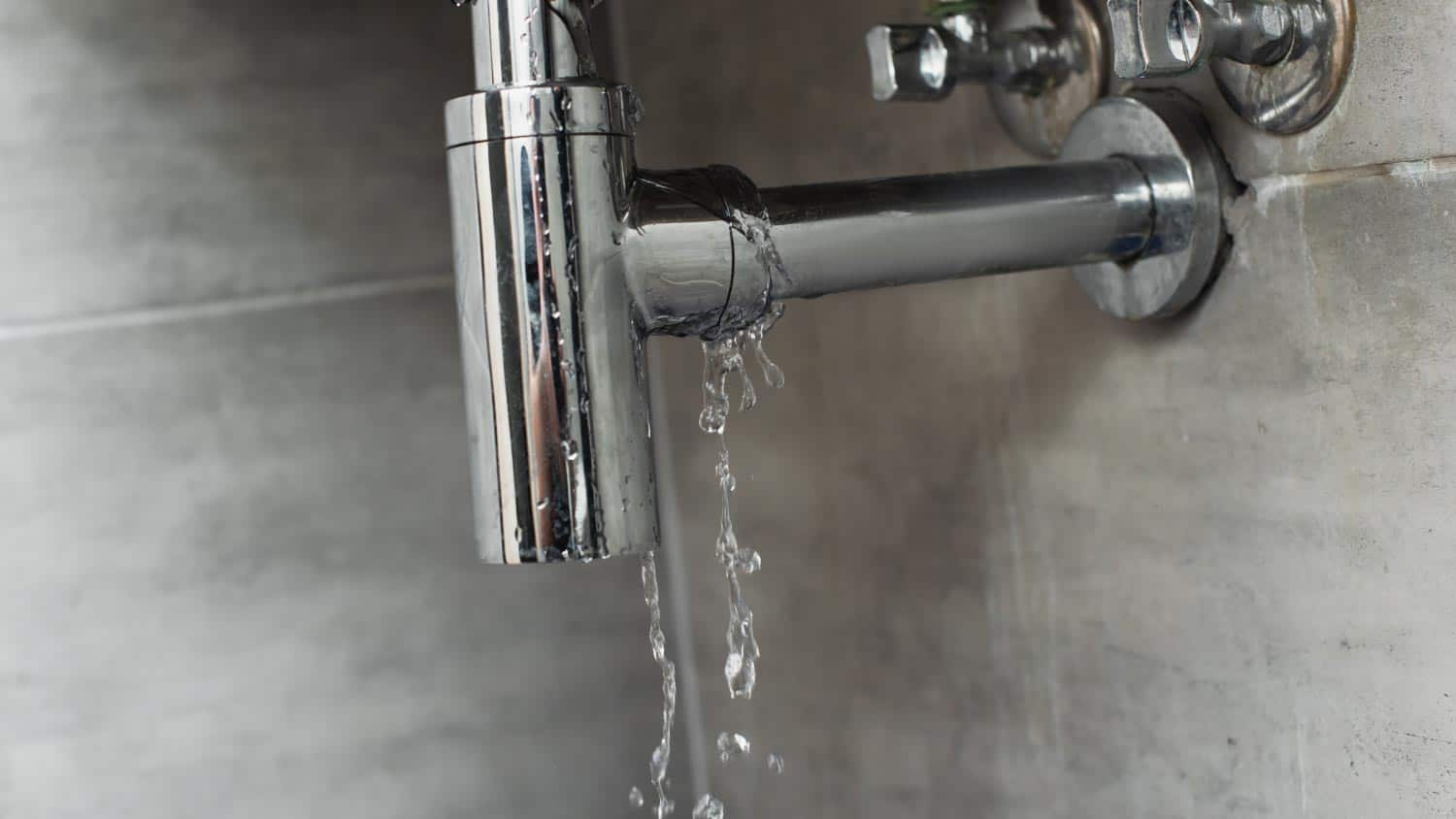Exactly how to Inspect If Your House Has a Surprise Leakage
Exactly how to Inspect If Your House Has a Surprise Leakage
Blog Article
This article following next involving Hacks to detect leaks is seriously remarkable. Give it a go and draw your own personal results.

Early detection of dripping water lines can mitigate a prospective calamity. Some little water leakages might not be visible.
1. Analyze the Water Meter
Checking it is a surefire means that helps you find leaks. If it relocates, that indicates a fast-moving leak. This suggests you might have a slow leak that might also be below ground.
2. Examine Water Consumption
If you identify unexpected adjustments, regardless of your usage being the exact same, it indicates that you have leakages in your plumbing system. An unexpected spike in your costs indicates a fast-moving leak.
At the same time, a steady rise every month, despite the very same habits, reveals you have a slow-moving leakage that's also slowly rising. Call a plumber to thoroughly check your home, specifically if you really feel a cozy location on your flooring with piping beneath.
3. Do a Food Coloring Test
30% comes from bathrooms when it comes to water consumption. Test to see if they are running properly. Decline specks of food shade in the storage tank and also wait 10 mins. There's a leak between the storage tank as well as dish if the color somehow infiltrates your dish during that time without flushing.
4. Asses Outside Lines
Don't fail to remember to check your outside water lines as well. Should water permeate out of the connection, you have a loose rubber gasket. One small leak can throw away loads of water and also spike your water costs.
5. Check and also Assess the Situation
Property owners should make it a practice to examine under the sink counters as well as even inside cupboards for any kind of bad odor or mold development. These 2 warnings suggest a leak so prompt attention is called for. Doing routine assessments, also bi-annually, can conserve you from a significant problem.
More importantly, if you recognize your house is already old, keep a watchful eye on your heating systems, hoses, pipes and so on. Check for stainings as well as weakening as most pipelines as well as appliances have a life expectancy. They will additionally normally deteriorate because of wear and tear. Don't wait for it to escalate if you suspect leaking water lines in your plumbing system. Call a specialist plumber today so you don't end up with an awful mess in your house.
Early detection of leaking water lines can minimize a prospective calamity. Some tiny water leaks may not be visible. Checking it is a proven means that aids you discover leaks. One little leak can throw away bunches of water and increase your water bill.
If you believe leaking water lines in your plumbing system, do not wait for it to rise.
How to Know If Your Home Has a Hidden Leak
Water Meter Reveals Inexplicable Water Usage
If you’d like to test whether or not there’s a leak somewhere in your home, you can do this using your water meter. Here is how to conduct the test:
Don’t use any water in your home for at least 30 minutes; this also means not turning on faucets or water-using appliances.
Go outside, and check your water meter for activity.
If your water meter shows that there was activity, even though no one was using any water, this proves that there is a leak in your home.Visible Mold or Mildew Growth
Leaks behind walls create moist, dark environments that allow mold and mildew to grow and thrive. Eventually, you might see mold growth forming on the wall closest to a hidden leak.
If mold is growing in an area that receives a high amount of moisture, such as a bathroom, it may simply be an indication that better ventilation is needed. However, if you see mold growth on a wall or the ceiling in an area where you would not expect, you probably have a hidden leak.
Musty, Mildew Odor
Sometimes you might not be able to see the mold or mildew that is growing as a result of a leak. However, the smell can give the problem away just as easily. If you catch a whiff of something musty, there’s a good chance that old water is collecting somewhere in your home that you can’t see.
Stained/Warped Walls, Ceilings, or Floors
When your home soaks up water, a variety of red flags can become visible, including ceiling stains, bubbling drywall, warped walls, and sagging floors. While these issues can be caused by excess humidity, they can also be signs that a pipe or plumbing connection has started leaking behind your walls.
Inexplicably High Water Bill
After a while, you get a general sense for what your water bill should be. If you own a pool or sprinkler system, your bill will tend to be higher during summer. However, if you receive a water bill that seems especially high, and you can’t figure out what caused it, then you may have a hidden leak somewhere that’s increasing your bill.
https://www.plumbingjoint.com/blog/2019/july/how-to-know-if-your-home-has-a-hidden-leak/

Hopefully you liked our excerpt about Finding hidden leaks. Thanks a ton for taking the time to read through our piece. If you appreciated our blog entry if you please don't forget to share it. Thanks a bunch for your time. Please stop by our website back soon.
Report this page